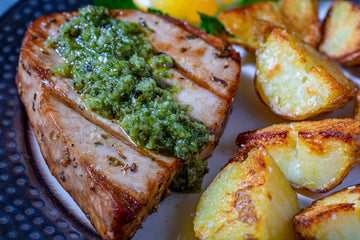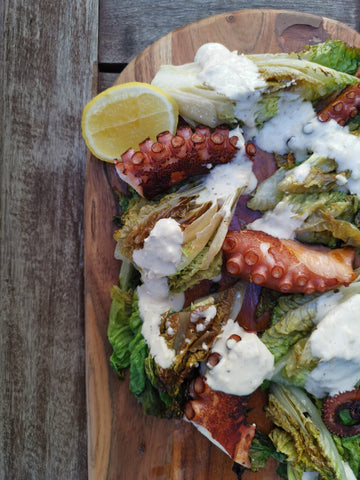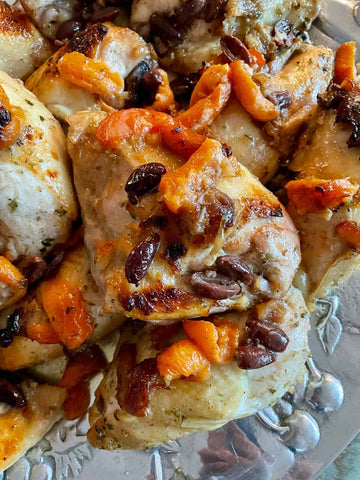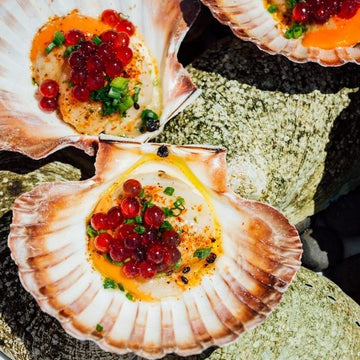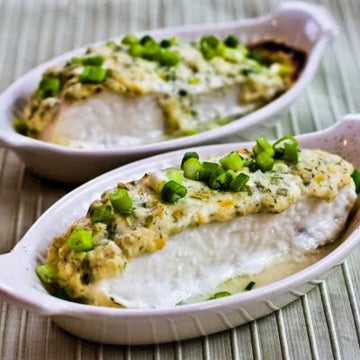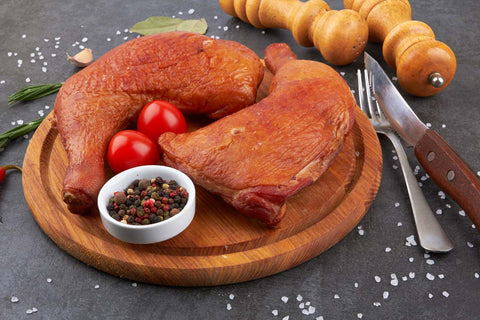
Pekin duck is one of the most revered ingredients in global cuisine, recognized for its tender meat, crispy skin, and deep historical ties to culinary traditions. Originating in China over a thousand years ago, Pekin duck has evolved from an imperial delicacy to a staple of modern gourmet cooking. Its journey through history highlights the significance of this bird in both cultural heritage and gastronomy.
Exploring its history, preparation techniques, and influence on global cuisine reveals why Pekin duck remains a symbol of culinary excellence.
The Origins of Pekin Duck
The history of Pekin duck can be traced back to China’s Ming Dynasty (1368–1644), where it was developed through selective breeding. The name “Pekin” is derived from Beijing, where the dish Peking Duck became an imperial favorite. However, the breed itself originated in Nanjing before being refined in the capital’s royal kitchens.
Key Moments in the Development of Pekin Duck:
Ancient China: Farmers bred white-feathered ducks with superior meat quality, creating the foundation for what became Pekin duck.
Imperial Cuisine: The Ming Dynasty saw the rise of Peking Duck, a dish reserved for emperors and high-ranking officials.
Global Expansion: In the 19th century, the breed was introduced to the United States, where it became the foundation of commercial duck farming.
The migration of Pekin duck from China to other parts of the world allowed it to influence global cuisine while maintaining its deep cultural significance.
The Role of Pekin Duck in Chinese Cuisine
Peking Duck: A Dish of Imperial Origins
Perhaps the most famous dish made with Pekin duck, Peking Duck is known for its paper-thin, crispy skin and succulent meat. Developed in the Ming Dynasty and perfected during the Qing Dynasty, it became a symbol of prestige and refinement.
Traditional Peking Duck preparation involves:
1. Air-drying the duck to achieve crisp skin.
2. Coating with maltose syrup to enhance caramelization.
3. Roasting in a wood-fired oven to create the signature texture and deep flavor.
The dish is served with steamed pancakes, hoisin sauce, and scallions, allowing diners to assemble their own perfect bite.
Other Traditional Chinese Dishes Using Pekin Duck
Cantonese Roast Duck: A simpler preparation, roasted with five-spice and honey glaze.
Duck Congee: A comforting rice porridge infused with the rich essence of slow-cooked Pekin duck.
Duck and Bamboo Soup: A dish that highlights the savory depth of the meat.
In China, Pekin duck is not just food—it is an integral part of festivals, family gatherings, and special occasions.
Pekin Duck’s Expansion Beyond China
The Journey to the West
In the 19th century, Pekin duck was introduced to the United States, where it became the foundation of American duck farming. Unlike the Chinese tradition of roasting, Western chefs experimented with other preparations, including:
◉ Pan-seared duck breast with fruit reductions
◉ Duck confit, a French technique of slow-cooking duck in its own fat
◉ Duck pâté and terrines in European fine dining
While Peking duck remains iconic, it has adapted to diverse cuisines, blending with new flavors and techniques.
Pekin Duck in Modern Gourmet Cuisine
Worldwide, chefs continue to push the boundaries of Pekin duck, integrating it into fine dining and fusion cuisine. Today, it appears in:
◉ Duck tacos with hoisin glaze
◉ Sous vide Pekin duck breast with red wine reduction
◉ Duck fat fries, using rendered duck fat for rich flavor
This versatility ensures that Pekin duck remains relevant in both traditional and contemporary gastronomy.
The Culinary Significance of Pekin Duck
Beyond its history, Pekin duck holds a deeper cultural meaning in many regions.
1. Symbol of Prosperity and Celebration
In Chinese culture, duck symbolizes happiness and fidelity, making it a centerpiece of weddings, Lunar New Year feasts, and celebratory banquets.
2. Reflection of Culinary Craftsmanship
The precise preparation methods of Peking Duck demonstrate mastery of technique, showcasing the balance of texture, flavor, and presentation.
3. Influence on Sustainable Farming Practices
As demand for Pekin duck grows, many farms now emphasize ethical and sustainable practices, ensuring quality without environmental harm.
Pekin duck remains a testament to culinary evolution while staying true to its historical roots.
Pekin Duck: A Culinary Tradition That Endures
From its imperial roots in China to its influence on global cuisine, Pekin duck represents the perfect blend of history, technique, and cultural significance. Whether served as the famed Peking Duck, roasted with spices, or incorporated into modern fusion dishes, it continues to captivate chefs and food lovers worldwide.
Its journey from the royal kitchens of Beijing to restaurant tables around the world highlights its timeless appeal and culinary excellence. As chefs and historians continue to explore its legacy, Pekin duck remains a dish that embodies both tradition and innovation.
FAQs about Pekin Duck in Cuisine
What makes Pekin duck different from other duck breeds?
Pekin duck is prized for its tender meat, mild flavor, and high-fat content, making it ideal for roasting and gourmet cooking. Unlike wild duck, it has a less gamey taste.
Why is Peking Duck considered a delicacy?
Peking Duck requires specialized preparation, including air-drying, glazing, and roasting to achieve its signature crispy skin. Its historical ties to Chinese royalty also contribute to its status as a delicacy.
What wine pairs well with Pekin duck?
Pekin duck pairs well with Pinot Noir, Syrah, and aged Riesling, which complement its rich flavor and crispy skin without overpowering it.
How has Pekin duck influenced global cuisine?
Pekin duck has inspired French duck confit, American farm-raised duck, and Asian fusion dishes, showcasing its versatility in different culinary traditions.
What is the best way to cook Pekin duck at home?
For home chefs, slow-roasting with a crisp finish is ideal. Scoring the skin and rendering the fat ensures a perfect balance of texture and flavor.
Mar 28 2025



